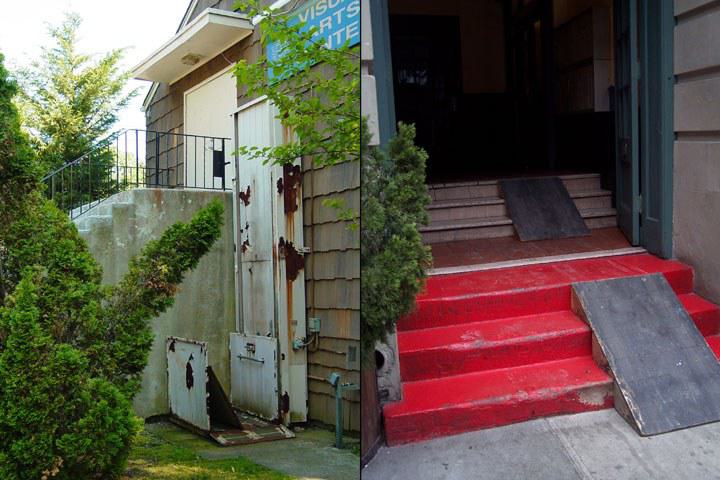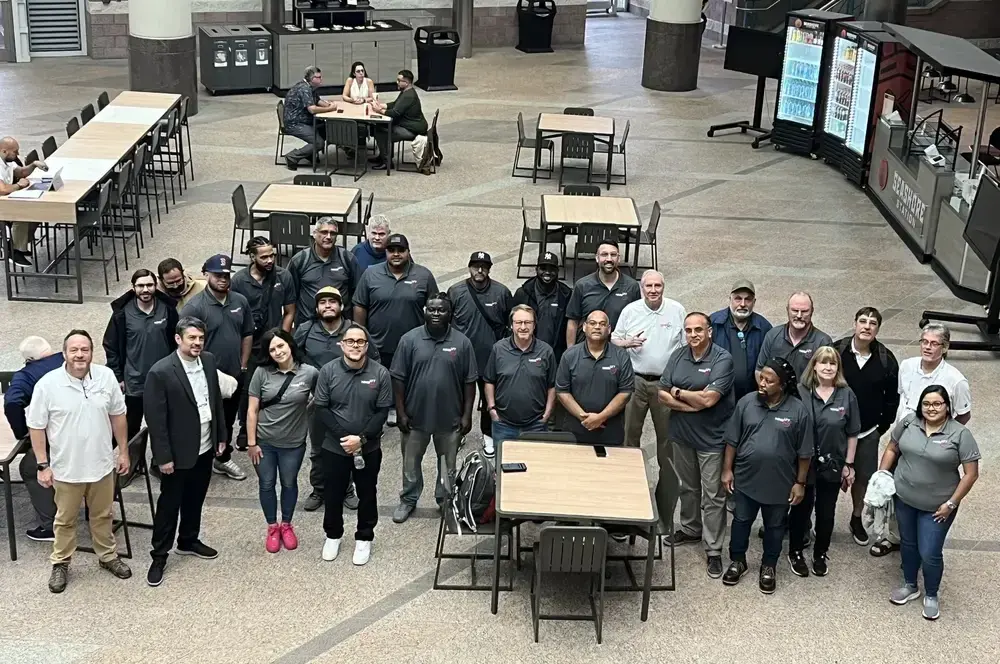Ramps and Lifts both have advantages and disadvantages, depending on the site and building configuration. Ramps are not always the answer to a particular accessibility challenge. Vertical and Inclined Platform (wheelchair) Lifts may be the first choice, depending on the application and should not be considered only a last resort when there is no way to make a ramp fit.
There are three main concerns that often make a ramp a poor accessibility solution:
- First, if the elevation change is significant (more than about 2 feet), the turn-backs and landings that may be required can make the length of the ramp itself an obstacle to overcome (see ANSIA117.1). A long ramp is not providing Accessibility with Dignity in our opinion. Often there is not adequate space for a ramp, or in a retail establishment the available space may be so valuable that a ramp is simply not cost effective. In a restaurant a lift that takes up 25 sq. ft vs. a ramp that takes up 100 sq. ft. can mean revenue loss of thousands of dollars yearly.
- Second, if the ramp designed poorly as an afterthought, it can detract from the building rather than compliment it and bring the property values down. Many ramps are a real eyesore.
- Third, if the ramp is installed poorly or not maintained it can be difficult use, unreliable, and sometimes even dangerous. There are so many ramp installations that do not meet building codes. People often think that a ramp requires less maintenance work, but we all have seen concrete and wood ramps in poor states of repair after only a few years out in the weather. Although well-designed and constructed ramps are not necessarily the economical solution, either.
In order to be an effective solution, lifts also must be designed well, installed correctly, and maintained, just like a ramp. When this happens, we believe the lift will often be the first choice for accessibility over a ramp. Good ramps and good lifts should only compete with their poorly designed, installed and maintained counterparts, not with each other.





